The Marvel Cinematic Universe has become the most in-depth and successful franchise of all time during its 16-year run at the box office. While it began with Iron Man in 2008, for fans following the narrative, that’s not where the story actually begins.
There are currently 34 movies in the MCU — soon to be 35 with Captain America: Brave New World — released in five phases. Phases One through Three, known as the Infinity Saga, collectively bring viewers closer to the arrival of Thanos in Avengers: Infinity War and its epic follow-up, Avengers: Endgame. Meanwhile, phases Four through Six, known as the Multiverse Saga, began in 2021 and will eventually bring viewers closer to Robert Downey Jr.’s ultimate MCU comeback as Doctor Doom in 2026’s Avengers: Doomsday and its subsequent multiversal showdown in 2027’s Avengers: Secret Wars. Remember: Kang is a thing of the past.
Phase Four began in 2021 with the Black Widow and Shang-Chi and the Legend of the Ten Rings and continued into 2022 with three major franchise sequels: Doctor Strange in the Multiverse of Madness, Thor: Love and Thunder, and Black Panther: Wakanda Forever. Phase Five began in 2023 and also included four franchise sequels, Ant-Man and the Wasp: Quantumania, Guardians of the Galaxy Vol. 3, The Marvels, and most recently Deadpool & Wolverine.
Following the success of Marvel’s Disney Plus streaming hits like WandaVision, The Falcon and the Winter Soldier, and Loki, we’ve received fresh entries like Hawkeye, Moon Knight, Ms. Marvel, She-Hulk: Attorney at Law, Secret Invasion, Loki season 2, and soon Agatha All Along. They aim to continue the budding tradition of bringing focused character studies to the small screen, but in light of criticism over reduced quality, Marvel has scaled back these productions a bit. Nevertheless, these shows tie into the larger Marvel universe, which is actually more of a multiverse now. However, those shows won’t be mentioned on this list, as this list pertains to feature films only.
There are numerous ways to enjoy Marvel films, including the order in which they were released, or drawn out of a hat at random, although that last option isn’t recommended for first-time viewers. However, in this article, we’ll be breaking down the chronological timeline of all films in the MCU so you can watch them in the correct narrative order. An at-a-glance lineup of Phases One through Three can be found below:
Below is a breakdown of every MCU film in narrative-timeline order, all of which, save Deadpool & Wolverine, are available to stream now on Disney Plus. Thanks to Marvel’s official The Marvel Cinematic Universe: An Official Timeline, we now have a clearer picture of not only what is and isn’t MCU canon, but also whether the nuggets of information we’ve compiled over the years do, indeed, fit into the slots we’ve given them. Spoiler alert: they do.
Captain America: The First Avenger
Taking place first in the timeline, Captain America: The First Avenger provides the origin story for one of Marvel’s most popular heroes, Steve Rogers, played by the dynamite Chris Evans. This film mostly takes place in 1942 and showcases Rogers’ journey from a scrawny infantry soldier to full-blown Captain America who faces off against Red Skull.
Captain Marvel
Next up is Captain Marvel, which is set in 1995, much closer to modern times. This movie is the first in the timeline to explore space travel and intergalactic threats. As we are introduced to both Carol Danvers/Captain Marvel (Brie Larson) and soon-to-be S.H.I.E.L.D. director Nick Fury (Samuel L. Jackson), the pair gets involved in the conflict between the Kree and the Skrulls, with surprising results.
Iron Man
The third film in the timeline was the very first Marvel film to be released: Iron Man. The billionaire philanthropist-turned-superhero Tony Stark has his origin story told in this fan-favorite film. Thanks to its box office success and fans’ adoration of Robert Downey Jr.’s performance, the film ultimately kicked off the entire MCU franchise.
Iron Man 2
Picking up shortly after the events of the first Iron Man, Iron Man 2 continues the story of the suited superhero now with his identity known to the public. Ivan Vanko (Mickey Rourke), the son of a scientist who previously worked at Stark Industries, is back with a grudge and creates his own weaponry with the goal of taking revenge for his fallen father. The film also introduces a soon-to-be Avenger in Natasha Romanoff, aka Black Widow (Scarlett Johansson).
The Incredible Hulk
While many fans may choose to forego 2008’s The Incredible Hulk in their MCU binge given that it features Ed Norton in the role instead of Mark Ruffalo (who later became the official Banner), it’s still technically a part of the MCU timeline. This movie gives fans a unique take on the Hulk’s origin story and hints at more things to come in the closing credits.
Thor
Thor’s initial big-screen debut took place in 2011 and gave fans their first look at Asgard and other realms via the Bifrost. This one finds the titular god traveling to Earth to defend the world from Loki and a Frost Giant threat. For many moviegoers, this was their introduction to the beloved character, played by Chris Hemsworth, and for many it solidly delivered.
The Avengers
The first crossover film in the timeline came with The Avengers, which was set at the conclusion of Marvel’s Phase One. The Avengers brought together Iron Man, Captain America, Thor, Black Widow, the Hulk, and Hawkeye (Jeremy Renner) to protect the Earth from Loki (Tom Hiddleston) and the Chitauri invasion. The movie also played a key role in introducing the Tesseract as the first of the Infinity Stones. These stones were ultimately the key to all future plans in the MCU.
Thor: The Dark World
The second Thor film in the MCU, Thor: The Dark World, gives us a closer look at Asgard, its inner workings, and the relationship between Thor, his brother Loki, and their father, Odin. The film also gives us insight into the second Infinity Stone, the Aether, which was wielded by the movie’s antagonists, the Dark Elves. Though it’s largely considered one of the less-impressive Marvel films, it serves its purpose and thankfully paves the way for a wonderful Thor threequel.
Iron Man 3
In Iron Man 3, Tony Stark deals with anxiety after experiencing the intergalactic invasion of the Chitauri. After diving into full damage control mode and assembling an army of suits, he’s forced to choose between being Iron Man and protecting those he loves. Meanwhile, he must also deal with the looming threat of “The Mandarin.”
Captain America: The Winter Soldier
Hailed as one of the best films in the entire MCU franchise, Captain America: The Winter Soldier introduces viewers to more of Captain America’s past and throws Bucky Barnes, aka the Winter Soldier, back into the fray. The movie also reveals the hidden HYDRA threat still present among the agents of S.H.I.E.L.D that ultimately leads to its demise.
Guardians of the Galaxy
When it was announced that Disney was going to bring the Guardians to the big screen, many were skeptical, but Guardians of the Galaxy turned out to be one of the best space films ever, let alone one in the MCU. It introduced us to Peter Quill/Star-Lord (Chris Pratt), Gamora (Zoe Saldana), Drax (Dave Bautista), Rocket Raccoon (Bradley Cooper), and Groot (Vin Diesel), an unlikely team that attempts to stop the plot of Ronan the Accuser (Lee Pace) from using the Power Stone to destroy Xandar.
Guardians of the Galaxy Vol. 2
Taking place shortly after the first film, Guardians of the Galaxy Vol. 2 gives us a closer look at Peter Quill’s backstory and heritage while also introducing a new member to the squad in the form of Mantis (Pom Klementieff). The story also dives deeper into the sibling rivalry between Gamora and Nebula (Karen Gillan) and shines a light on their relationship with their adoptive father, Thanos, which would pay off in just a few short films.
Avengers: Age of Ultron
Crossing over once again, the cast of the original Avengers film joins forces to defend the Earth from the threat of Ultron (James Spader), a supercomputer developed to be a peacekeeping program by Tony Stark, which overrides its programming and now seeks to eliminate all mankind. In the latter half of the film, the Avengers get a few new additions in the form of Vision (Paul Bettany) and the Maximoff twins, Wanda (Elizabeth Olsen) and Pietro (Aaron Taylor-Johnson).
Ant-Man
Ant-Man tells the story of Scott Lang (Paul Rudd), a thief who is recruited by Dr. Hank Pym to assist him with stopping the plot of his former protège, who cast him away from his own company. During the film, Lang becomes Ant-Man after being gifted a suit and trained to use Pym Particles to shrink his size, giving him superhuman strength and the ability to control ants.
Captain America: Civil War
While not an Avengers film by name, Captain America: Civil War brings most of the superhero cast together for a face-off over a disagreement on the Sokovia Accords following the events of Age of Ultron. Civil War was also used to introduce a few new characters to the Avengers’ roster, including Black Panther (Chadwick Boseman) and Spider-Man (Tom Holland).
Black Widow
Finally getting her own origin film after being part of the MCU for over a decade, Natasha Romanoff heads back to her roots in Black Widow, which launched earlier this year. The film introduced us to Natasha’s sister, Yelena Belova (Florence Pugh), who fans got to see again in Hawkeye and who will undoubtedly be appearing again, possibly in a villainous team-up compliments of a certain character who appears in the post-credits scene.
Spider-Man: Homecoming
Despite what the movie may have led you to believe, it does not take place eight years after The Avengers. Marvel finally addressed the snafu after years of sweeping it under the rug in the official Marvel Studios: The MCU — An Official Timeline book, confirming it was indeed only four years after the Battle of New York. Taking place right after the events of Civil War, Spider-Man’s MCU debut chose not to retell the hero’s origin story, instead giving us a coming-of-age film that finds Peter Parker juggling his duties as Spider-Man with the demands of high school. There are plenty of comic book Spidey villains teased throughout the film, but his biggest threat is the Vulture, menacingly played by Michael Keaton, who is apparently bad with math.
Black Panther
Instead of an origin story, when we pick up in Black Panther, T’Challa has already taken on the mantle as the titular hero after the passing of his father in Civil War. This film gives viewers their first look at the inner workings of the afrofuturistic Wakanda, as well as an epic tale of personal and ideological rivalry between T’Challa and Killmonger (Michael B Jordan).
Doctor Strange
The first time we are treated to Doctor Strange (Benedict Cumberbatch) in the MCU is in his self-titled film. The story explores the origins of Stephen Strange’s character and teases the ideas of multiple dimensions, cosmic beings, and time-traveling threats. As you’d expect, the Time Stone is also a crucial element of the film and only becomes more important from here on out. Other standout characters in the film include Dr. Christine Palmer (Rachel McAdams), Wong (Benedict Wong), Mordo (Chiwetel Ejiofor), and The Ancient One (Tilda Swinton).
Thor: Ragnarok
Directed by Taika Waititi and taking on a different style and tone than the previous Thor films, Ragnarok has a more comical personality while maintaining high-quality action sequences. The film addresses many of the loose ends following Age of Ultron and follows Thor and Loki as they attempt to stop their half-sister, Hela (Cate Blanchett) from taking over Asgard. The ending of this film offers a jaw-dropping lead-in to what quickly becomes the beginning of the end of the Infinity Saga.
Avengers: Infinity War
The first part of the epic culmination of all the previous MCU films, Avengers: Infinity War finally gives us our first major introduction to Thanos (Josh Brolin), who has been working behind the scenes to gather the Infinity Stones with the goal of wiping out half of all life in the universe with a snap of his fingers. The movie takes place in 2018 and ultimately, leaves fans with a stunning cliffhanger that segues directly into Avengers: Endgame.
Ant-Man and the Wasp
The sequel to Ant-Man, this film takes place at the same time as the events of Infinity War in 2018 and does a great job of telling its own story within the Ant-Man comic book canon. This one digs deeper into the relationship between Hope Van Dyne (Evangeline Lilly) and her mother (Michelle Pfeiffer), and also introduces a mysterious new villain, Ghost (Hannah John-Kamen). Just like Infinity War, the final moments of this film leave viewers breathless for answers in anticipation of the impending Endgame.
Avengers: Endgame
The epic conclusion to over a decade of storytelling, Avengers: Endgame has everything fans could ever want in a Marvel film. It takes place in October 2023, five years after the events of Infinity War, and sees the remaining Avengers attempt to regain hope of defeating Thanos and restore what was lost after his infamous “Snap,” which was later renamed “The Blip.” In the closing act, Endgame boasts one of the most epic action sequences in all of cinema, blasting expectations wide open and forever changing the MCU as we know it.
Shang-Chi and the Legend of the Ten Rings
Shang-Chi is one of the latest heroes to join the MCU, and in this first film exploring his character’s origin, we learn more about his role amidst the greater events playing out within the franchise. Alongside his friend Katy (Awkwafina), Shang-Chi is drawn back into the life he used to know and must face the father (Tony Chiu-Wai Leung) he thought he left behind. During the iconic bus fight scene between Shang-Chi and the Ten Rings operative Gao Lei, we’re shown the dates July 21 to 28 in a Jazz Blues Festival advertisement. Since Katy’s grandma also mentions the “Day of the Dead,” a festival resembling the Chinese Qingming Festival — which takes place in April — and the film itself spans two weeks, we can assume the movie takes place in April 2024. This would put it before Far From Home.
Spider-Man: Far From Home
Picking up right after Endgame, Spider-Man: Far From Home addresses the events that took place during the previous film while also introducing some new faces and returning characters from the past. It takes place during the summer of 2024, eight months after The Blip. This is the perfect bridging point to close out Phase Three and enter Phase Four of the MCU — after watching Shang-Chi, of course.
Eternals
With its many flashbacks telling the story not only of the Eternals themselves but also the history of the universe, it can be difficult to give this film a true place in the MCU timeline. That said, its present-day moments take place around the same time as Far From Home in 2024, likely just afterward given that the events of the film were not mentioned in the Spider-Man sequel. Fans and critics were largely split on the film (to put it mildly), except in regard to that colorful cameo by Harry Styles in the post-credits scene. Whether Styles will actually return to the MCU is another matter entirely.
Deadpool & Wolverine
Now, I know what you’re thinking. Logan took place in 2029, so Deadpool & Wolverine must also take place during or after that, meaning it should be at the bottom of this list. Well, no. The Merc with the Mouth’s first foray into the MCU actually occurs in 2024. We know this because after Happy Hogan rejects Wade’s request to join the Avengers (on March 14, 2018, on Earth-616) the time stamp on the screen tells us we jump six years into the future — back on Earth-1005 — which would place the film in 2024. And because we see Wade celebrating his birthday and he’s said in the comics that he’s a Scorpio (on the cusp of a Libra, thank you very much) — and because Deadpool & Wolverine showcases a decent amount of fall foliage — we can safely assume the film occurs in October 2024. As for why Earth-10005’s Wolverine is already dead at the beginning of Deadpool & Wolverine when Logan’s death shouldn’t have occurred for another five years — well, it’s likely that Wade jumped forward in time using the TVA’s TemPad. That, or we’re just going to file the mistake away with all of Marvel’s other embarrassing timeline errors.
Spider-Man: No Way Home
Spider-Man: No Way Home takes place immediately after its predecessor, Far From Home around Nov. 2024. The film brings Peter Parker on the most mind-blowing adventure of his life ⏤ which, unfortunately, no one but he will remember. The film saw him grapple with everything from losing his Aunt May, to facing off against villains from completely different universes. It also led to Peter finding an unexpected brotherhood with alternate versions of himself, perfectly brought to life by Andrew Garfield and Tobey Maguire in tear-inducing appearances that will stand the test of time.
Doctor Strange in the Multiverse of Madness
Benedict Cumberbatch’s return as the title character in Doctor Strange in the Multiverse of Madness picked up after the events of No Way Home. It saw Strange deal with the implications of multiversal travel while facing new friends and foes, some of whom created serious trouble for him (ahem – Wanda). Wanda’s future was thrown into flux after she was presumably killed off in the movie’s final moments, but she is rumored to return in a Disney Plus spin-off series, which may or may not happen since Marvel subtly announced that the Earth-616 version of the character is canonically dead. Strange, too, received a cliffhanger ending, something we hope will be addressed in the rumored Doctor Strange 3.
In the meantime, you can rest assured that Doctor Strange in the Multiverse of Madness takes place after Spider-Man: No Way Home, which takes place right around the events of Hawkeye, which takes place around Christmas 2024.
Thor: Love and Thunder
Thanks to Disney Plus, we now know that — in the eyes of Marvel Studios — this film takes place after Doctor Strange 2. It also takes place after Ms. Marvel, which is believed to take place around Sept. 2025 because of the school’s homecoming dance. However, in Love and Thunder Jane Foster’s eppendorf vial’s tag includes the date April 30, suggesting it takes place in the beginning of 2025. Unfortunately, since we don’t know exactly when Thor and Jane broke up, the God of Thunder’s comments about their breakup happening 8 years 7 months and 6 days before the movie doesn’t exactly paint a clear picture either. Our best bet is to just assume Love and Thunder takes place in April 2025, especially when looking at the next MCU installments on the timeline.
Black Panther: Wakanda Forever
According to Black Panther Wakanda Forever producer Nate Moore, we have a place in the timeline to slot Black Panther: Wakanda Forever. Moore says that this film takes place alongside the events of Thor: Love and Thunder, around the start of 2025, so for all rewatching purposes you should be able to enjoy either film first. This placement would make a lot of sense, since neither film directly affects the events of the other. Secret Invasion, on the other hand, almost had us questioning the timing of things when our favorite CIA from Wakanda Forever was revealed to be a Skrull (that was all put to rest in the season finale, though).
Ant-Man and the Wasp: Quantumania
For those who are sticklers for dates, Ant-Man and the Wasp: Quantumania takes place during the start of 2025, like Wakanda Forever. How do we know this? A news clip in Wakanda Forever mentions Scott Lang’s book tour, and because book tours don’t last entire years, Quantumania definitely takes place before The Guardians of the Galaxy Holiday Special, which occurs later that year during Christmastime, which also means it takes place before Guardians of the Galaxy Vol. 3. However, Disney Plus messed with the timeline when it decided to place Quantumania after The Guardians Holiday Special, which it most certainly is not, resulting in MODOK-sized canon headache, if you ask us. It wouldn’t be the first time Disney Plus goofed with the MCU’s timeline, but it wasn’t nearly as bad as the time Quantumania was accidentally erased from Phase Five. (Don’t worry, it’s not).
The Marvels
Ms. Marvel provides us with a pretty good guestimation where The Marvels takes place on the MCU timeline. Because the Disney Plus series is believed to take place around Sept. 2025 and Kamala Khan’s body-swapping problem doesn’t go unaddressed long, The Marvels likely takes place before 2026, which means it comes before Guardians of the Galaxy Vol. 3. Carol Danvers’ intergalactic team-up with Captain Rambeau and Kamala to defeat the Kree general Dar-Benn in the highly-anticipated sequel to her billion-dollar predecessor, Captain Marvel, also happens to be the shortest movie in MCU history. Should any information in the movie, which will premiere in just a few short days, contradict this entry, we will revise it ASAP.
Guardians of the Galaxy Vol. 3
It’s hard to give Guardians of the Galaxy Vol. 3 an exact place on the MCU’s timeline since it is unaffected by previous films and has little effect on the overall MCU storyline. However, it’s safe to say that this intergalactic, twisty-turny threequel takes place in 2026 since it occurs after the events of The Guardians of the Galaxy Holiday Special in Dec. 2025. As a rule of thumb, here’s every MCU movie you should watch before starting Vol. 3.

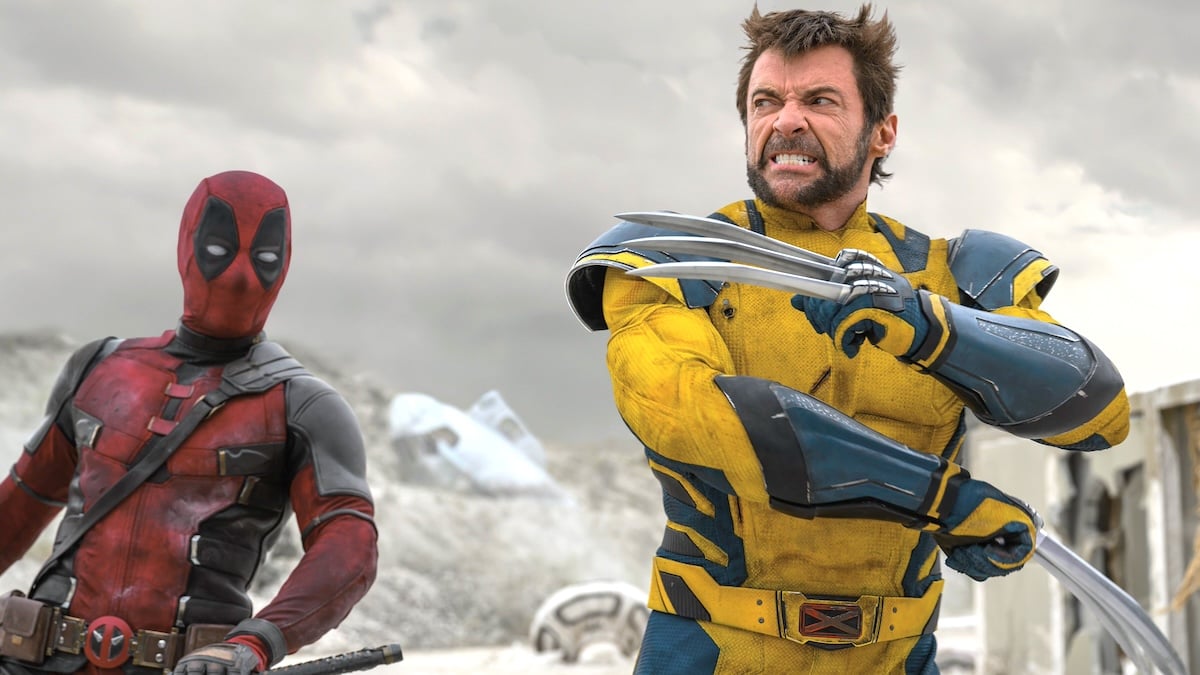
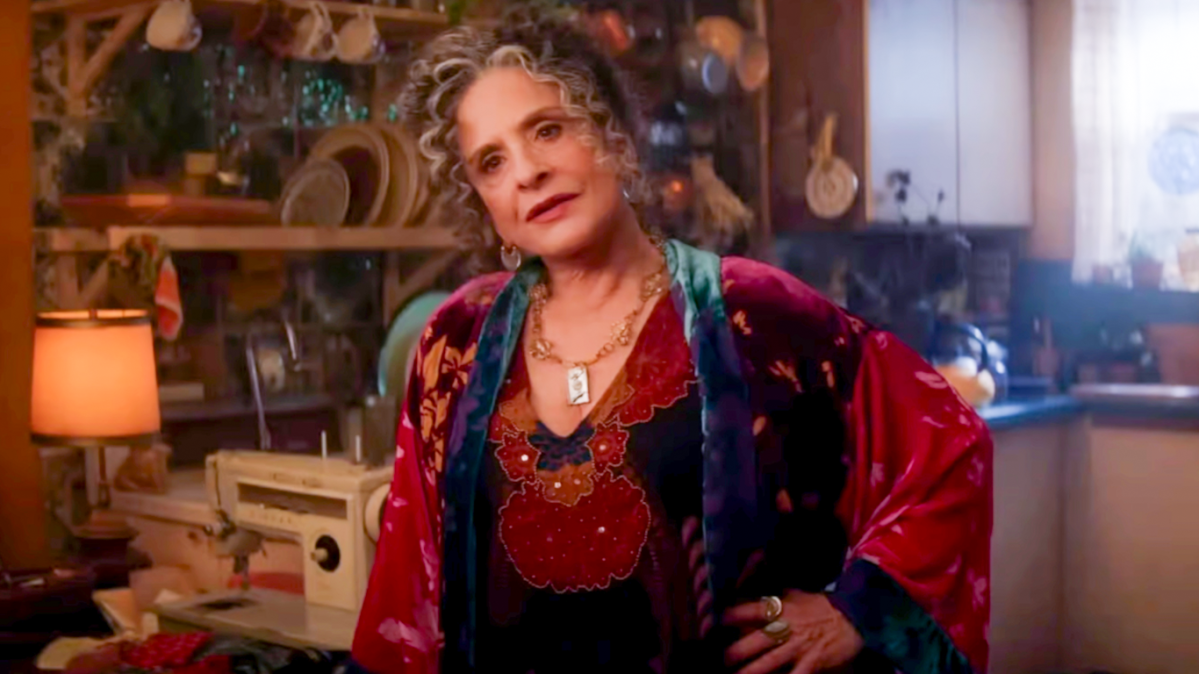
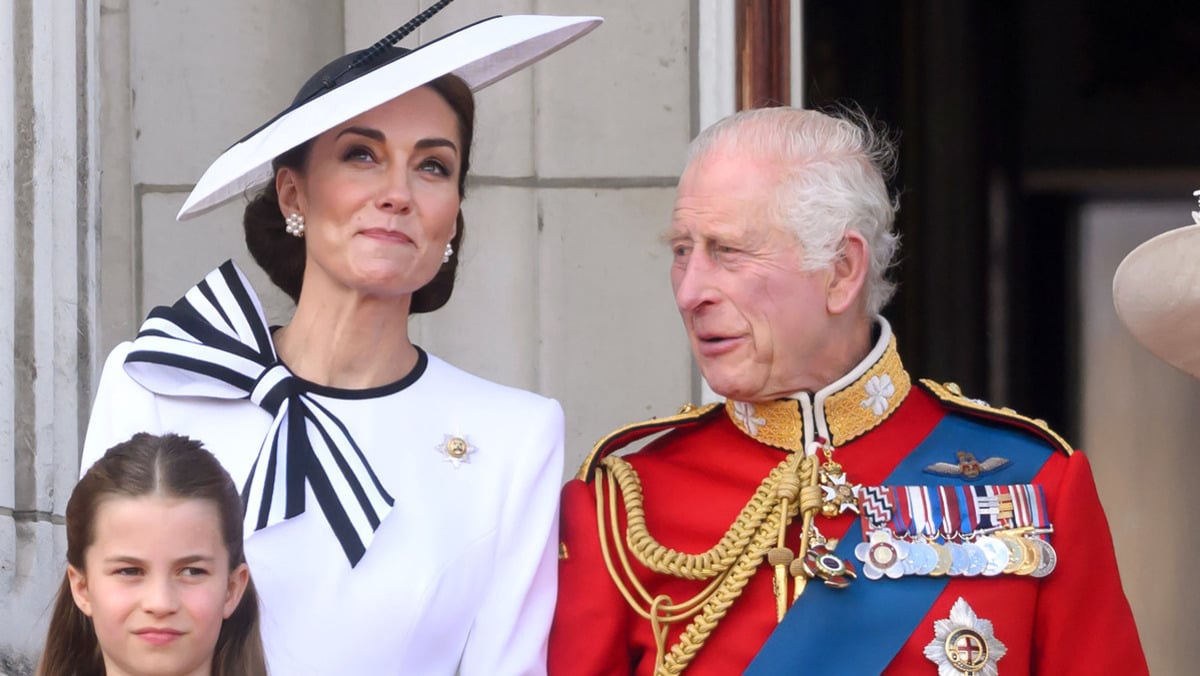
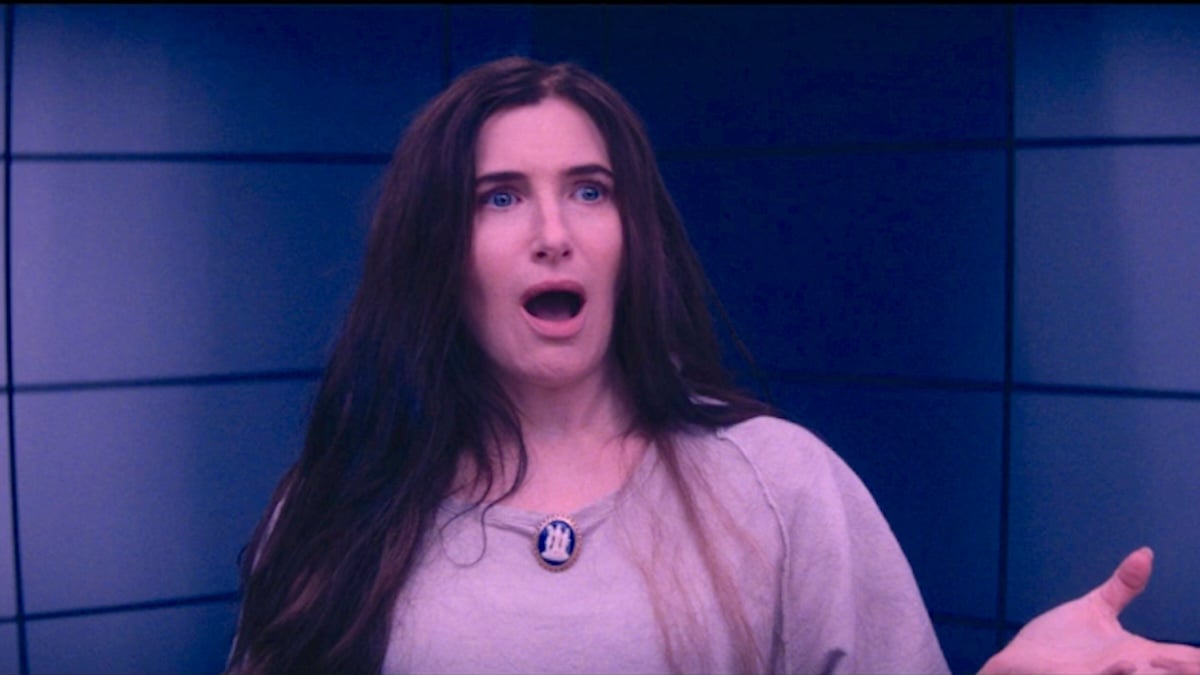
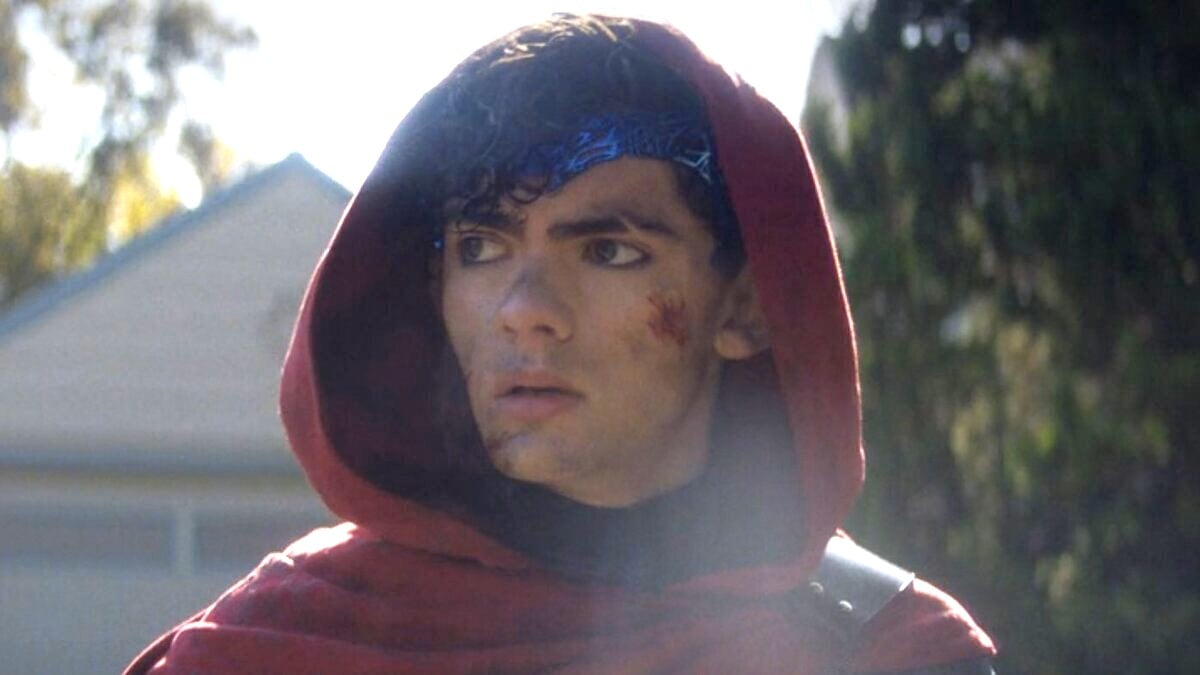
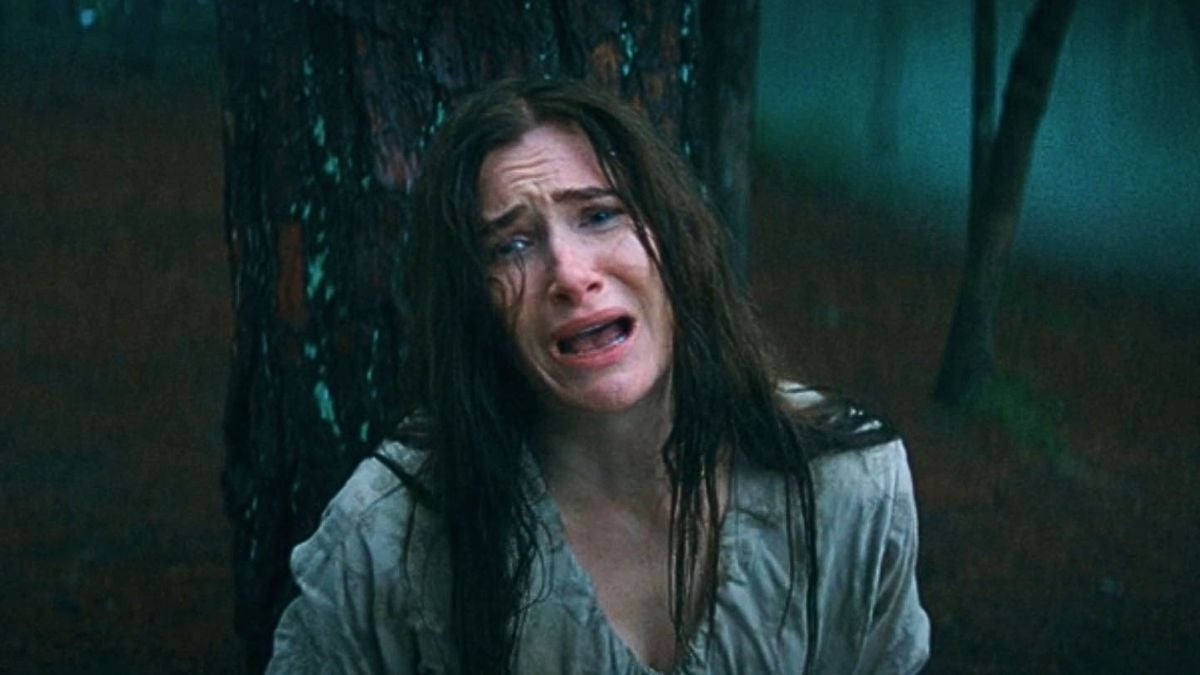

Published: Aug 16, 2024 03:48 pm